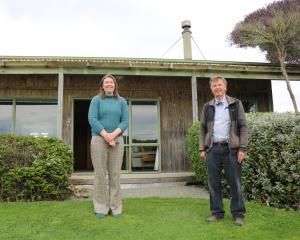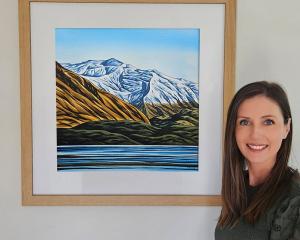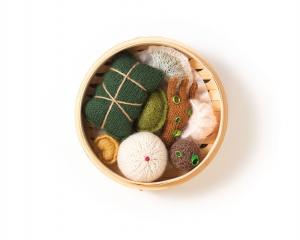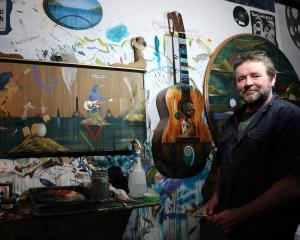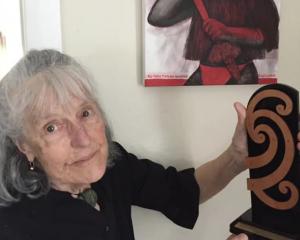
Glass artist Sue Hawker opens her first South Island exhibition in Dunedin today.
"I Am . . . Pakeha" is the former newspaper journalist's journey to discover her Pakeha heritage.
"The idea came about when a former tutor asked her students to draw a motif relevant to them.
The Maori kids had no problems, but the Pakeha kids couldn't come up with one," Hawker says.
"It made me think 'What exactly is Pakeha?'
"Maori have a lot of confidence in their heritage and Pakeha don't. I looked at all the different things about being Pakeha.
"That's when I realised my heritage goes back to the classical Greek statues," she says.
"I argue that Pakeha are of this land - there is no other place to call home - but there is a before. Building on a classical form, I aim to dispel almost unconscious anxieties about belonging and to show a sense of place."
The works combine glass-casting, etching, sandblasting and engraving.
"Glass is a mesmerising medium with its refractive, reflective and transparent qualities. I harness these qualities when designing and creating my forms. I create art with light itself," Hawker says.
"Each work debates specific events or a legacy. Five Ages of Pakeha refers to Cook's arrival in Matauri Bay, Northland. The Foreshore and Seabed Act is explicitly referenced in Lady with a Stole."
The works are weeks in the making.
"First, I melt raw slabs of wax into a basic clay mould to make a large block from which I carve and shape my form," she says.
"The finished waxes are then encased in plaster refractory moulds and, when these have set, the wax is steamed out.
"Blocks of crystal glass are then suspended over the mould in a kiln, where intense heat melts the glass so it can flow down into the mould to assume the designed shape.
"After several days of careful, gradual cooling in the kiln, the glass pieces are released from the mould and the arduous task of sanding and polishing begins.
"A final polish involves sandblasting and dipping the parts in acid to achieve a permanent surface. The pieces are then bonded together."
Hawker was a journalist with the Wanganui Herald , Sydney Sun and Granada Television in London in the 1960s and 1970s before returning to New Zealand in 1978.
"It's nice getting to that age where you can do what you want to do," she says.
She works from her Kerikeri home, overlooking the Bay Of Islands.


